Today, school interior design goes beyond simply creating a place to study—it aims to support the holistic development of students at every level. A well-designed, modern, and functional learning space not only inspires learning but also contributes to improving educational quality.
Below are some of the most outstanding school interior design concepts today, tailored for all education levels—from preschool to university.
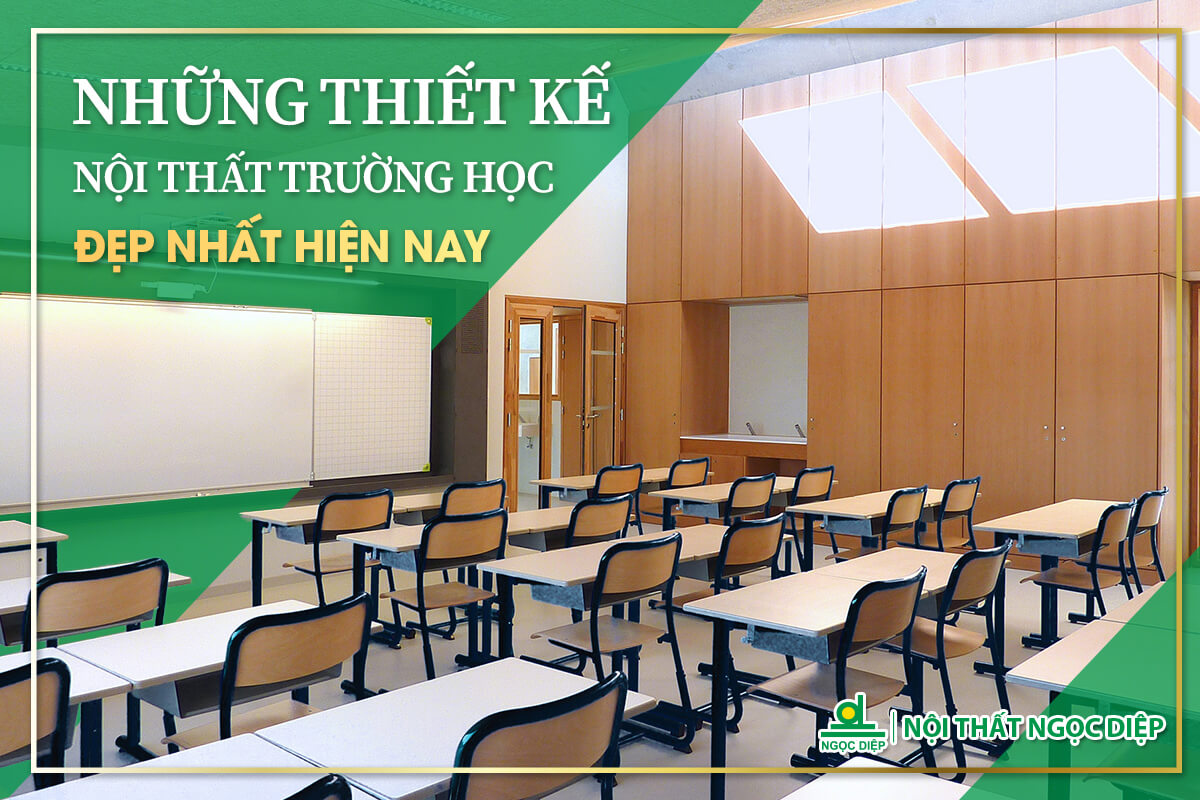
1. Preschool Interior Design
Preschool interior design places a strong emphasis on safety, bright colors, and supporting children’s overall development. Key design elements include:
Colors: Use vibrant tones such as yellow, green, and red to stimulate creativity and playful energy in young children.
Open Spaces: Create separate yet interconnected zones for learning, play, and rest—encouraging freedom of movement and exploration.
Furniture: Choose child-friendly furniture with rounded edges, sized appropriately for kids—such as small tables and chairs, toy storage units, and low beds.
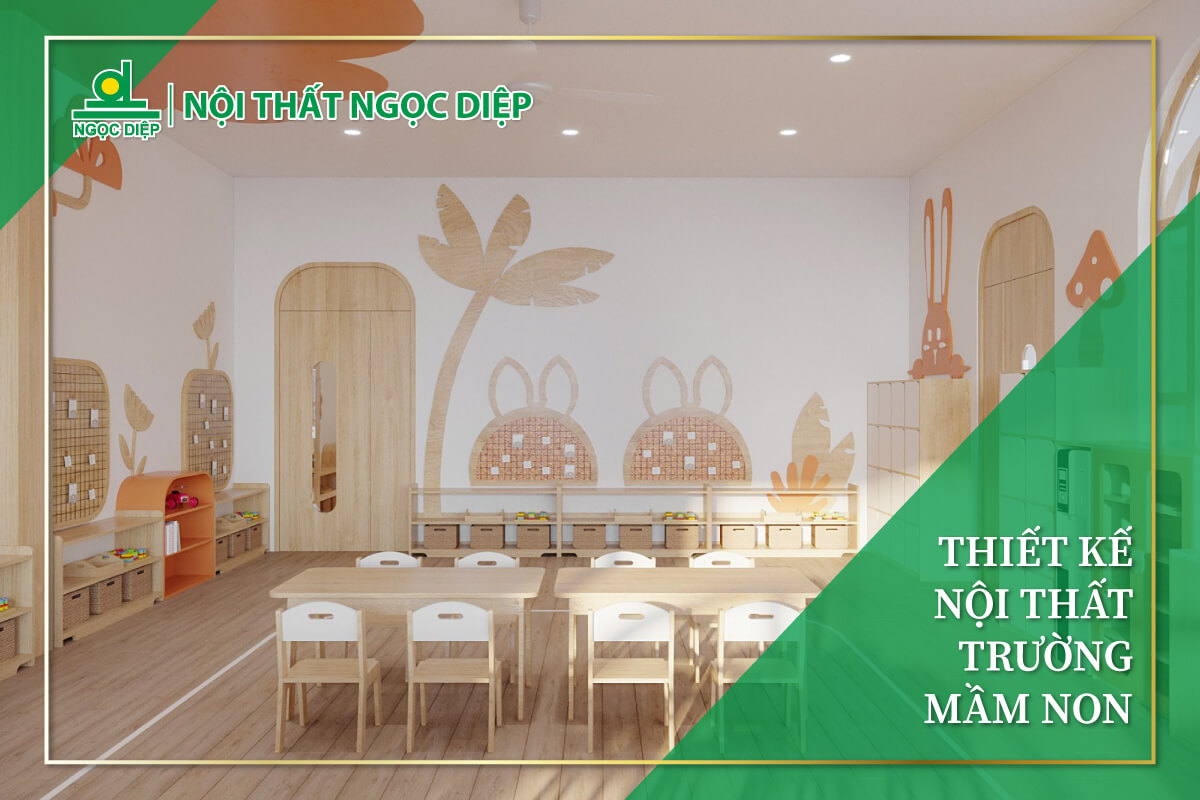
2. Primary School Interior Design
Primary school interior design should foster a friendly learning environment that sparks curiosity and enthusiasm in students. Key elements include:
Adjustable Furniture: Use desks and chairs with adjustable heights to accommodate students’ growth and ensure ergonomic comfort.
Library Space: Create cozy reading corners with a variety of bookshelves and comfortable seating to encourage a love for reading.
Group Activity Zones: Provide dedicated spaces for group work and collaboration, helping students develop teamwork and communication skills.
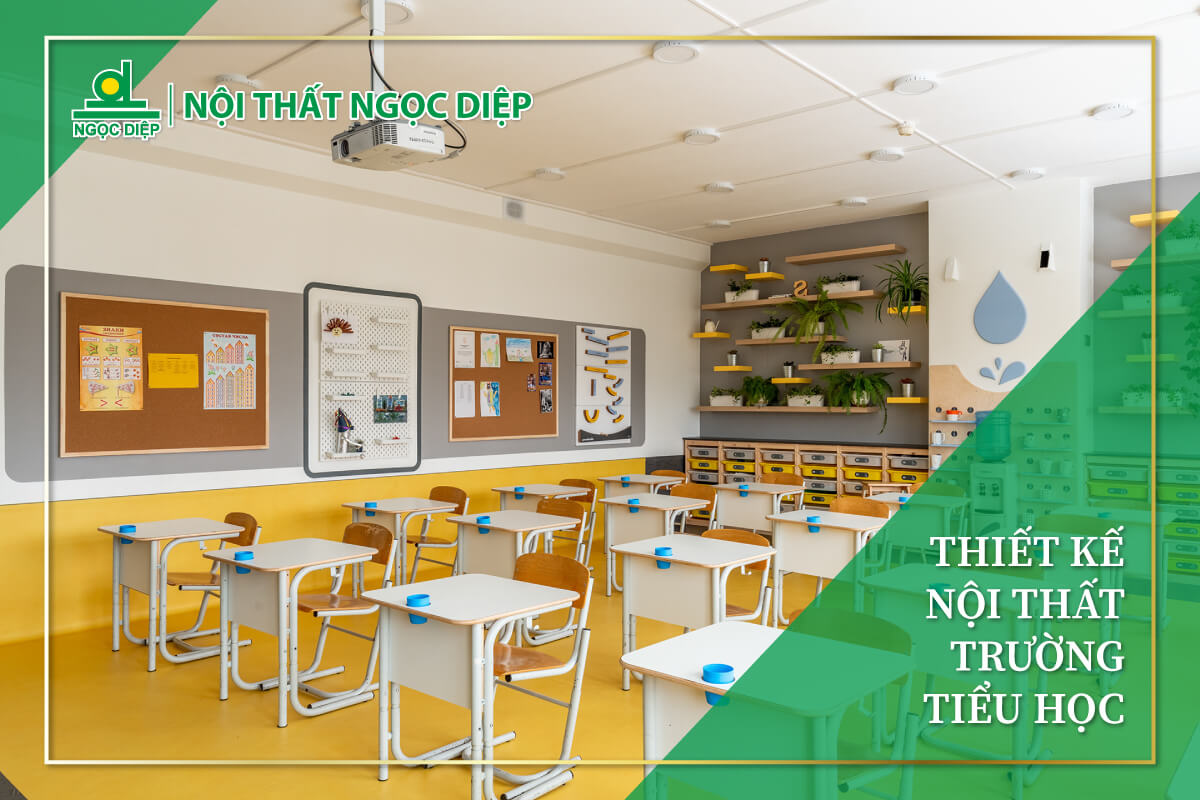
3. Middle School Interior Design
For middle school students, interior design should support academic learning while fostering social and personal development. Key considerations include:
Science Labs: Equip modern laboratories to support hands-on learning in subjects like physics, chemistry, and biology.
Arts Rooms: Provide dedicated spaces for artistic activities such as painting, music, and drama—encouraging creative expression.
Sports Facilities: Develop both indoor and outdoor sports areas to promote physical health and an active lifestyle.
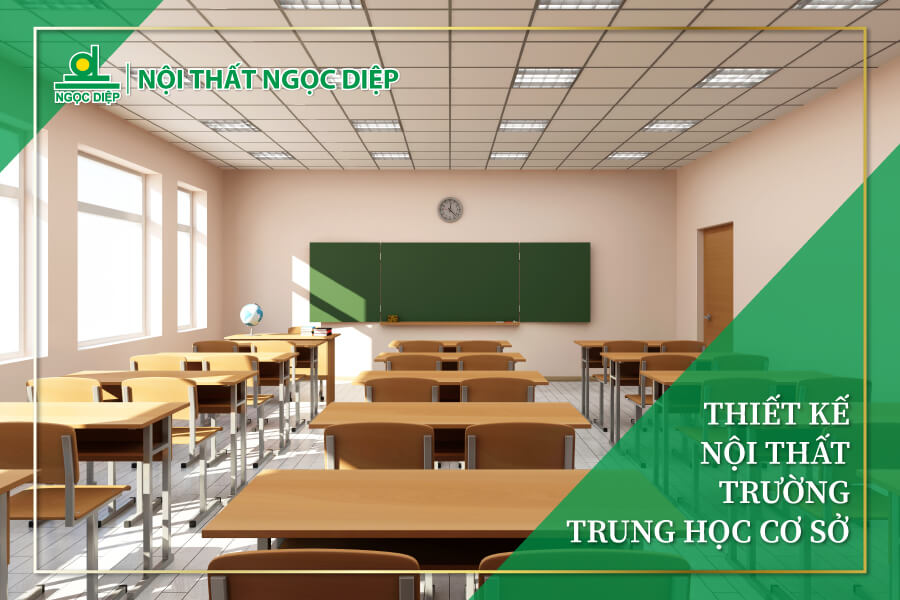
4. High School Interior Design
High school interior design should prioritize comfort and concentration, especially as students prepare for university entrance exams. Key elements include:
Comfortable Classrooms: Provide ergonomic desks and chairs, adequate lighting, and a quiet environment to support focused learning.
Library Space: Design a spacious library equipped with a wide range of books and study materials to support academic success.
Independent Study Areas: Create designated self-study zones to give students a quiet space for revision and exam preparation.
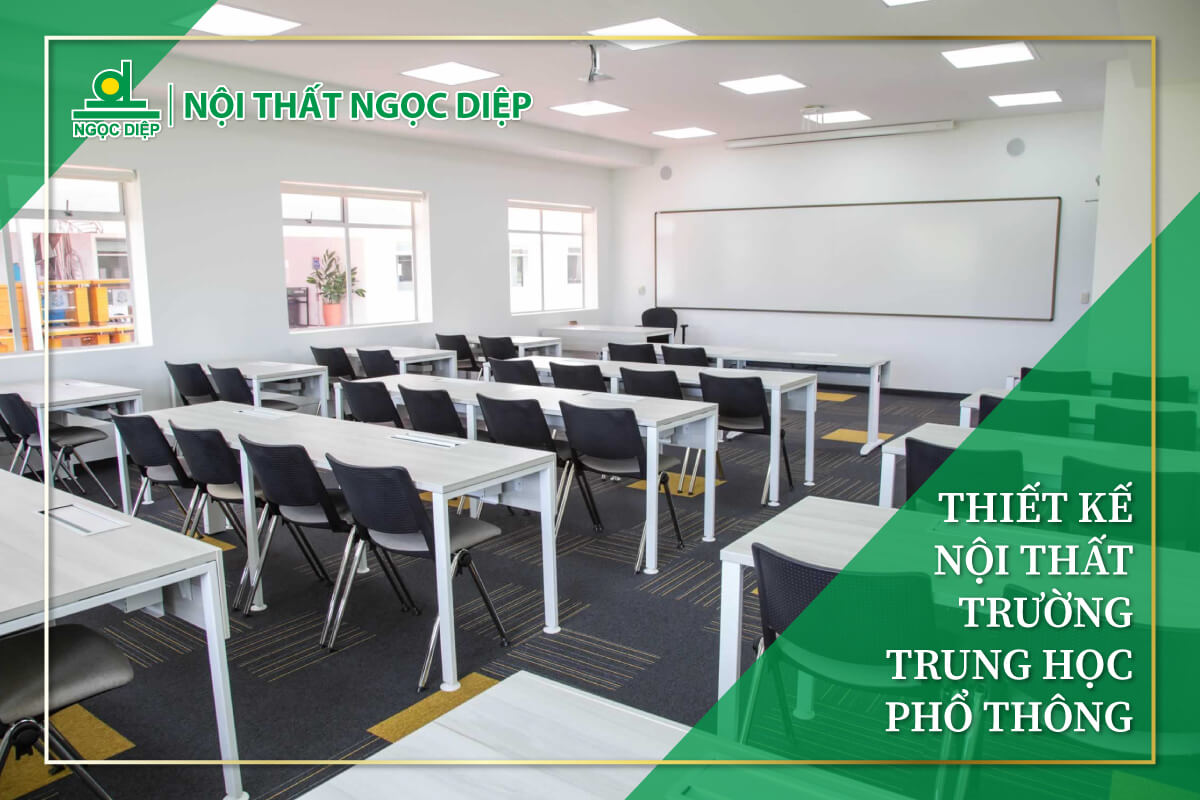
5. University Interior Design
University interior design should foster a dynamic environment for learning, research, and creativity. Essential features include:
Flexible Classrooms: Classrooms with adaptable layouts that support various teaching methods, from lectures to group discussions.
Modern Laboratories: State-of-the-art labs equipped with advanced tools and technology for research and hands-on learning.
Relaxation Areas: Comfortable lounges, cafés, and reading rooms where students can unwind and recharge between classes.
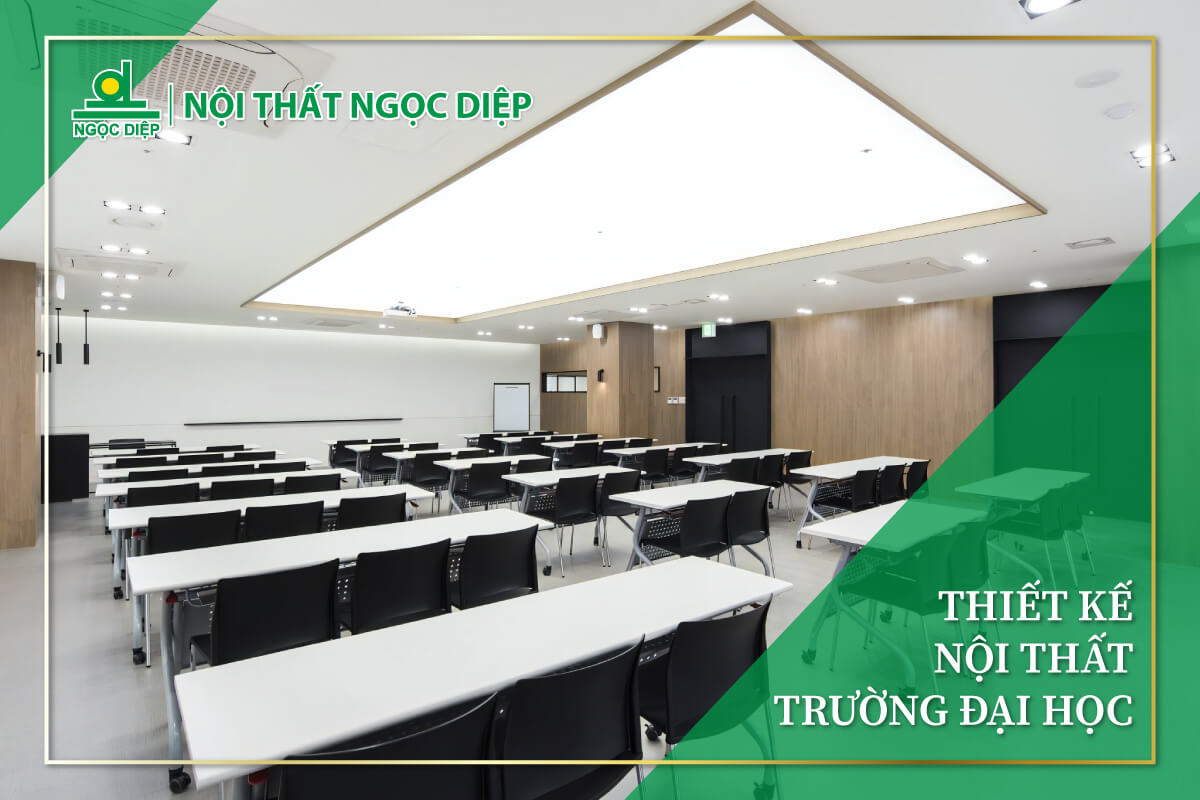
Modern school interior design not only creates an optimal learning environment but also plays a vital role in supporting the all-round development of students. A thoughtfully designed and visually appealing learning space can enhance creativity, critical thinking, and academic performance.
Contact Ngoc Diep Furniture today for personalized school interior design consultation—bringing your vision to life and creating the ideal learning space for the next generation.